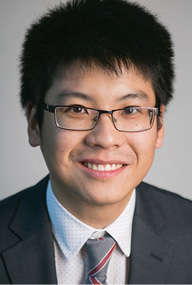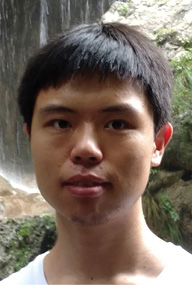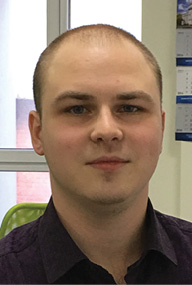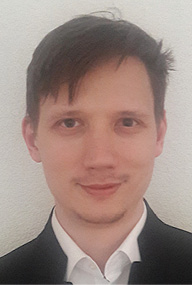Peter A. Cundall Award
The best overall Extended Abstract is presented with the Peter A. Cundall Award and invited to present one of the Symposium keynote addresses at the 5th International Itasca Symposium (Vienna, 2020).
Itasca is pleased to congratulate Traian Dumitrica, Yuezhou Wang, Hao Xu, Grigorii Drozdov, and Igor Ostanin for their extended abstract "Distinct Element Method (DEM) for fibrous composites: Toward computational guided manufacturing" which has been selected as the winner of the 2020 Peter A. Cundall Award. See below for more information about the authors and their extended abstract. The award will be presented at the symposium banquet on February 19 in Vienna. Dr. Dumitrica will present their work at a keynote lecture during the symposium.
Honorable Mentions
In recognition of their outstanding work, Itasca is also awarding honorable mentions to these extended abstracts:
DEM analysis of the Wolf Rock interlocked masonry lighthouse under extreme wave impacts
Athanasios Pappas, Alessandro Antonini, Darshana T. Dassanayake, Alison Raby, and Dina D'Ayala
3D anisotropic modelling of deep drifts at the Meuse/Haute-Marne URL
M. Souley, M.N. Vu, and G. Armand
Thank you to all authors who submitted an extended abstract. All extended abstracts will be published on Itasca's websites following the Symposium.
Peter A. Cundall Award Recipient
Distinct Element Method (DEM) for fibrous composites: Toward computational guided manufacturing
Traian Dumitrică1, Yuezhou Wang2, Hao Xu3, Grigorii Drozdov4, & Igor Ostanin5,6
1Department of Mechanical Engineering, University of Minnesota, Minneapolis, MN, USA
2Department of Integrated Engineering, Minnesota State University, Mankato, MN, USA
3Department of Aerospace Engineering and Mechanics, University of Minnesota, Minneapolis, MN, USA
4Scientific Computing Program, University of Minnesota, Minneapolis, MN, USA
5Skolkovo Institute of Science and Technology, Nobel St. 3, Moscow, Russia
6University of Twente, Enschede, The Netherlands
We are exploring the new application of DEM to fibrous composites (FCs). For FCs, the optimal discontinuous fiber architecture are not known, but can be proposed by advanced DEM computations which has the potential to advance the manufacturing of carbon fiber reinforced polymers, carbon nanotube polymer composites, and textiles.

Traian Dumitrica
Traian Dumitrica is a Professor of Mechanical Engineering at the University of Minnesota. His major research interests are in the modeling and simulation of materials. He uses DEM to develop computational technologies for guiding the development of composite fibrous materials. The focus is on materials for aerospace, where excellent mechanical properties and mass saving are key. He has authored or co-authored over 100 technical journal articles, and has received numerous awards, including the 2008 National Science Foundation CAREER and 2019-2020 Fulbright U.S. Scholar Awards.

Yuezhou Wang
Yuezhou Wang holds a Ph.D. in Materials Science from the University of Minnesota. Currently, he is an Assistant Professor at Minnesota State University, Mankato, where his research focuses on DEM simulations of large deformation mechanism in carbon nanotube yarns.

Hoa Xu
Hoa Xu holds a Ph.D. in Aerospace Engineering from the University of Minnesota. His research interest is in the development of multiscale simulations frameworks, where DEM is used for bridging atomic-level and macroscopic length scales.

Grigorii Drozdov
Grigorii Drozdov is a Ph.D. candidate in Scientific Computation at the University of Minnesota. Grigorii has a Master degree in Computational Mathematics from Skoltech, Moscow and Bachelor degree in Mechanics from Novosibirsk State University. He is working on the development and implementation of mesoscopic DEM for the carbon nanotube composites.

Igor Ostanin
Igor Ostanin has received his Ph.D. in mechanics of materials from the University of Minnesota.
His thesis has established the possibility of DEM modeling of nanofibrillar materials. As an intern at Itasca Consulting group Minneapolis he contributed to the development of PFC code. As a Research Scientist at Skoltech, Russia and the University of Twente, Netherlands, he continues his work on few projects dealing with scalable and parallel computing, including massively parallel DEM simulations of fibrous materials and DEM modeling of acoustic metamaterials.
